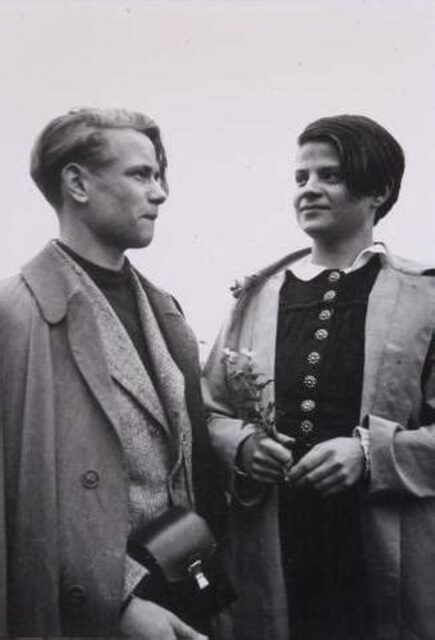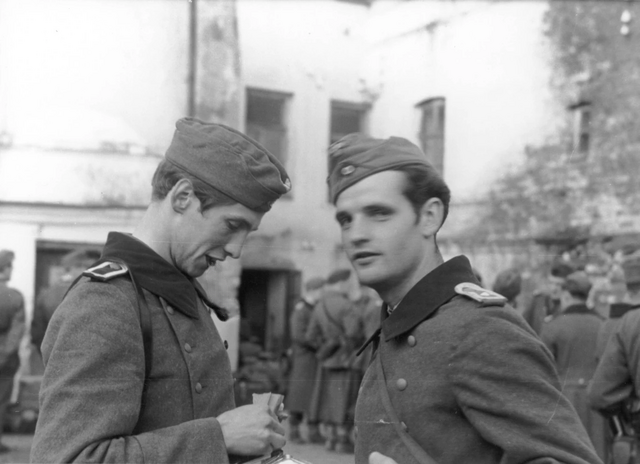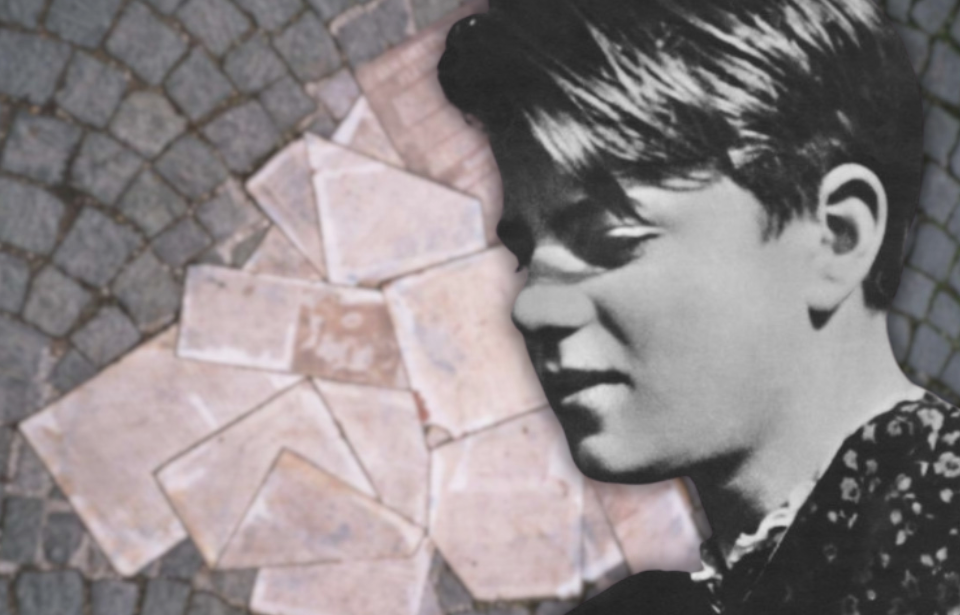When you think of famous World War II-era Resistance fighters, odds are Sophie Scholl doesn’t immediately come to mind – but she should. The 21-year-old dedicated herself to denouncing the Führer‘s regime, which ultimately led to her arrest and execution. Scholl’s sacrifice and that of others serve as a reminder of the lengths people will go to fight back against tyranny and oppression.
Sophie Scholl undergoes a shift in perspective

Born in Forchtenberg, Germany, in May 1921, Sophie Scholl grew up in a family that valued free thought and Christian ethics. At the time, her father, Robert Scholl, was the town’s mayor and, by the 1930s, was a staunch critic of the National Socialist German Workers’ Party, which influenced his daughter and her five siblings.
As a child, Scholl, like many German youngsters, was initially drawn to youth organizations, joining the Bund Deutscher Mädel (League of German Girls) and rising through its ranks. This was something her father disagreed with, leading to heated discussions within the family home. These conversations, paired with Robert’s outspoken opposition to the party’s policies, led his daughter to shift her perspective.
Sophie and her brother, Hans Scholl, became involved in alternative youth movements that celebrated art, literature and nature, a far cry from the militaristic ideologies of the regime. They continued their involvement after the groups were banned in 1936, with Hans being arrested the following year for his association with them.
Forming the White Rose

Following the German invasion of Poland in September 1939, Sophie Scholl’s older brothers were sent to fight on the frontlines. She remained behind, finishing high school and briefly taking on an apprenticeship as a kindergarten teacher, before attending the University of Munich to study biology and philosophy.
However, before she could attend the post-secondary institution, Scholl first had to complete mandatory state service. She found this time in her life to be mundane, as she loathed the strict routine she had to follow on a day-to-day basis. This led her to delve into the works of Augustine of Hippo.
In 1942, Scholl joined Hans, who was studying medicine, at the university. It was there that she became involved with the White Rose, a non-violent Resistance group that her brother had co-founded with other students, like Willi Graf and Alexander Schmorell. The group was deeply influenced by their shared disillusionment with the regime and their exposure to the atrocities committed on the Eastern Front during their own mandatory service.
Resisting with the White Rose

The White Rose distributed leaflets that called for active opposition to the Führer‘s policies and the end of the Second World War. The pamphlets, which quoted philosophers like Aristotle and Goethe, were aimed at awakening the German populace to the moral decay of their government, with some going so far as to provide advice on how to sabotage the country’s war machine.
The group’s distribution efforts were initially focused on the University of Munich, with the leaflets sent to friends and professors, but they eventually widened their scope, using phone books to collect the addresses of the general public. They soon gained much support, which allowed them to secretly obtain supplies at a time when rationing meant everyone was under scrutiny. It also gave them enough courage to begin painting graffiti across Munich, denouncing the regime.
Sophie Scholl’s involvement was important to the White Rose; her ability to move freely without arousing suspicion, thanks to her gender, made her an invaluable member of the group. She played a significant role in distributing these leaflets, which eventually reached thousands across Germany.
Executed by guillotine

On February 18, 1943, Sophie and Hans Scholl were caught distributing leaflets at the University of Munich. A janitor, loyal to the Führer, reported them to the Gestapo, leading to their arrest and interrogation. Fellow White Rose member Christoph Probst was also taken into custody after a pamphlet draft was found in Hans’ backpack.
Despite the pressure of the questioning, the trio remained steadfast, with each taking full responsibility in an attempt to protect their fellow White Rose members. Four days later, they faced a show trial led by the notorious Judge Roland Freisler. They were found guilty of treason and sentenced to death.
On February 22, 1943, the three Resistance members were executed by guillotine. Scholl’s supposed last words – “What does my death matter if by our acts thousands are warned and alerted?” – were a testament to her courage. While the executions received little media attention in Germany, they made headlines elsewhere in the world.
Legacy of Sophie Scholl and the White Rose

Sophie Scholl and the White Rose inspired future generations to stand against tyranny and injustice. Posthumously, she and her fellow members became icons of resistance in Germany, with schools and streets named in their honor. The White Rose’s leaflets were smuggled out of Germany and used by the Allies as propaganda, amplifying their message of resistance.
In the decades since their execution, Scholl’s story has been immortalized in films, books and plays. The 21-year-old’s story was retold in the acclaimed 2005 movie, Sophie Scholl: The Final Days, which brought her final moments to life and was nominated for Best Foreign Language Film at the 78th Academy Awards.
More from us: ‘Fat Man’ Decimated Nagasaki and Became the Last Nuclear Weapon Deployed in Warfare
Want War History Online‘s content sent directly to your inbox? Sign up for our newsletter here!
Scholl’s legacy was further cemented in 2003, when she and her brother were voted two of the greatest Germans of all time in a nationwide poll.
